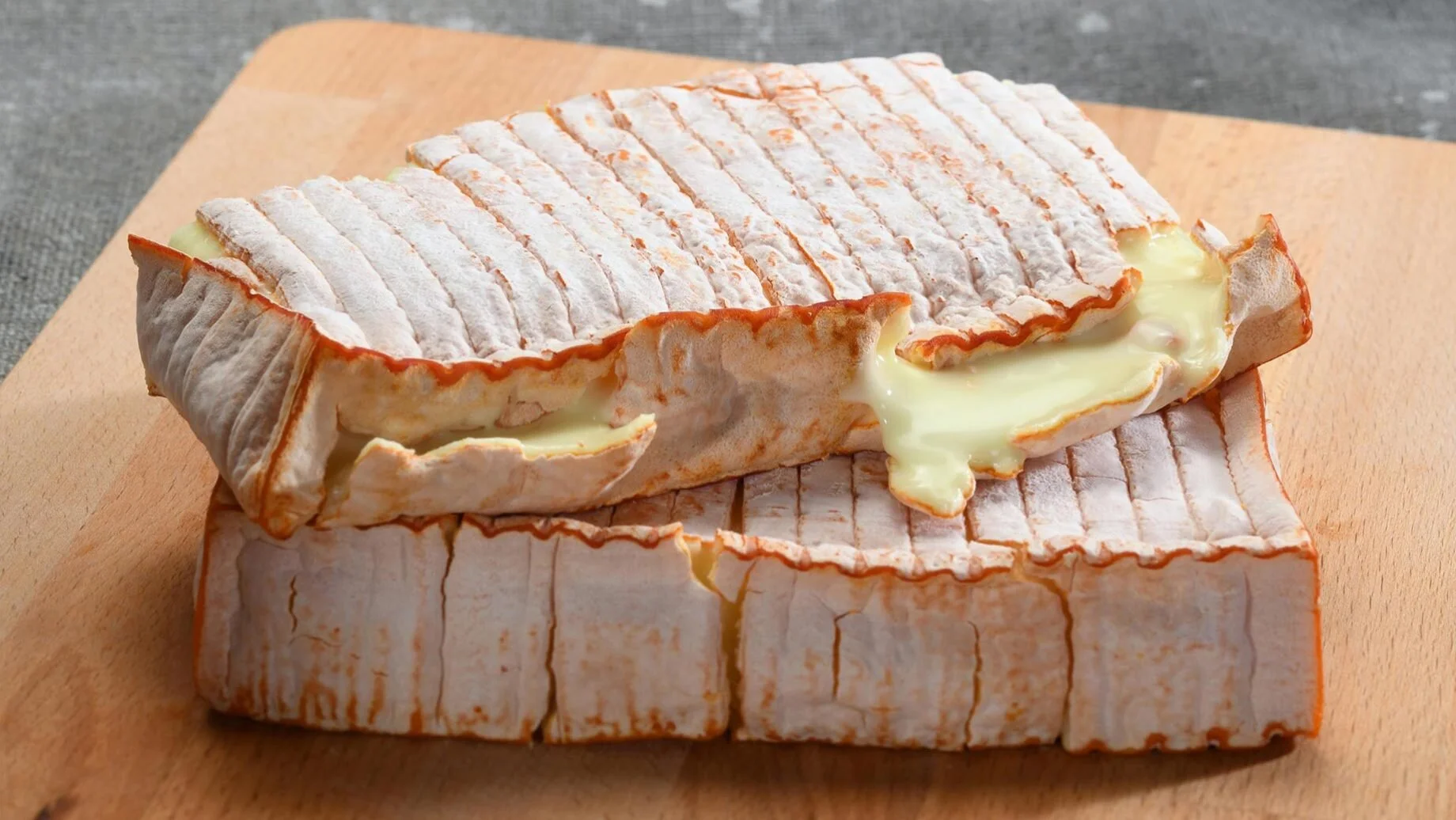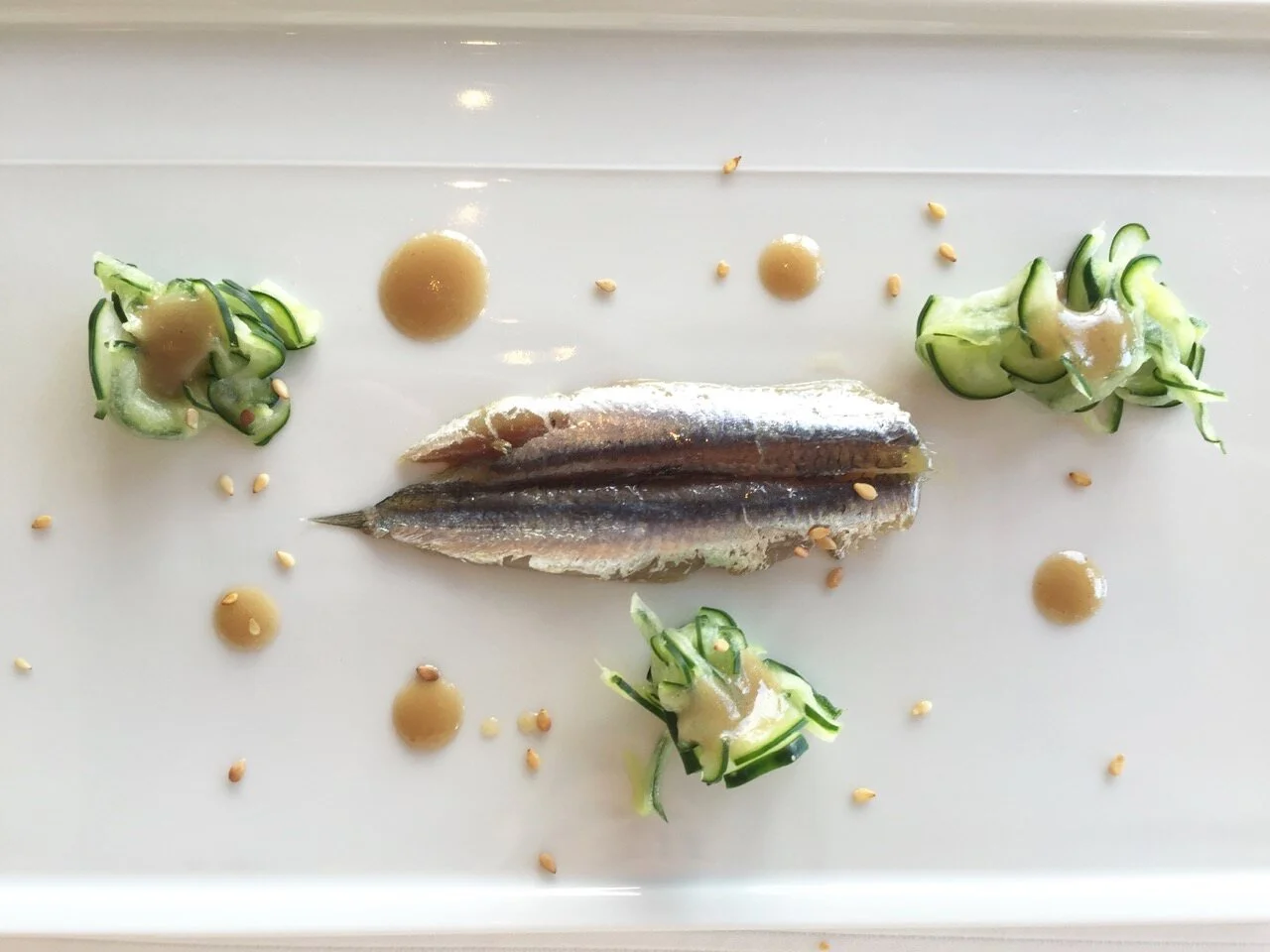World Cheese Encyclopaedia - Each Sunday learn all about a cheese in season.
This week FÖRSTERKÄSE from Switzerland.
Country: Switzerland 🇨🇭
Region: Sankt Gallen, Krümmenswil
Made from: Cow's Milk
Pasteurised: No
Texture: firm, smooth and supple
Taste: meaty and woodsy
Certification: no
The Försterkäse is a washed-rind cheese produced by Ernst Diriwächter in Krümmenswil, in the canton of St Gallen in Switzerland. This soft cheese is named after the spruce bark that encircles the forms; in fact, Försterkäse means "lumberjack cheese”.
Milk for the production of Försterkäse is sourced from fifteen small farms, located near the dairy. The herds contain a high percentage of Brown Swiss cows, a breed whose milk is particularly suited to cheesemaking. Once the milk is at Ernst’s dairy, it is thermalised, meaning that its heated to a higher temperature than raw milk, but not so high as to pasteurize. Ernst believes that this process preserves many of the best flavors of the milk that are then translated through to the cheese. During production, the curd is handled very carefully to preserve as much moisture in the cheese as possible. The cheese vat sits on a raised platform allowing the newly formed curds to be moved via gravity to a draining table below. There, they are put into molds where they remain for 24 hours at room temperature to ‘ripen’ before being transferred to a brine bath in the caves below the cheese room.
After removal from the brine, each cheese receives its strip of spruce bark, kept in place with an elastic band. The bark is harvested locally during the summer months, deep frozen and then sterilized in hot water prior to use. The water allows the bark to be curved to the shape of the cheese which, in turn, helps the cheeses to maintain their shape during aging as well as imparting a wonderful woody flavor. In addition, the cheeses are placed on spruce shelves in the aging cave. Cheeses are matured for at least six weeks before release. During the maturation period, they are washed regularly (about three times each week) with a brine solution which encourages the development of the bacterium linens mold. This mold is largely what gives the cheeses its pungent aroma and orange, sticky rind as well as aiding the breakdown or softening of the interior.
It’s firm, smooth and velvety in texture becoming softer as it ages. As the similar Vacherin Mont d’Or, it is a rich, supple cheese. The difference between the two is that the Försterkäse is produced year round. During the aging period, the cheese is periodically washed. This favors the development of the characteristic pungent rind while the texture of the cheese becomes smoother and buttery. Moreover, with the passing of time this artisan cheese gains a beefy texture and agreeable woodsy hints due to the bark wrapping.
How to enjoy it
Försterkäse tastes good with Italian Amarone red, Gewürztraminers, Reisling and champagne.
Source: culture: the word on cheese, Sensibus, cheese.com, SFGate
Follow True Foodies























